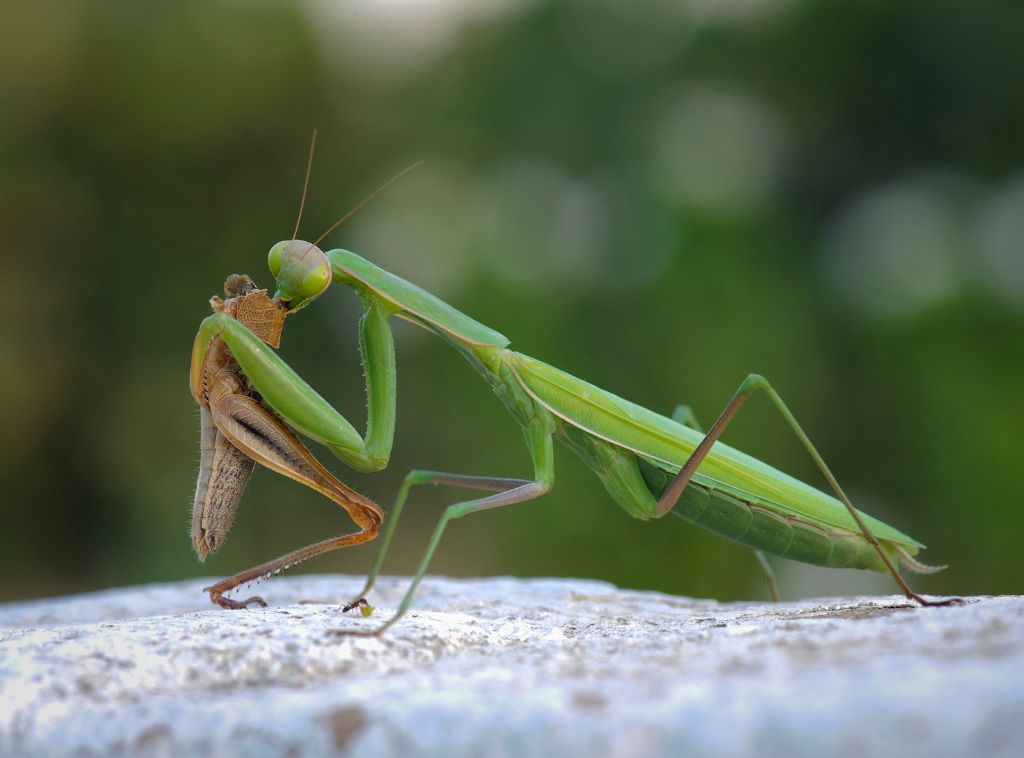The praying mantis is an enthralling and enigmatic creature that has captivated the interest of naturalists and insect enthusiasts alike. With their distinctive appearance, characterized by elongated bodies and folded, prayer-like front legs, these insects are not only intriguing to observe but also play an essential role in maintaining the balance of their ecosystems. In this comprehensive guide, we will delve into the dietary habits of the praying mantis, exploring the diverse range of prey they consume, their unique hunting techniques, and how their carnivorous lifestyle contributes to the world around them. Join us as we uncover the fascinating world of the praying mantis and its voracious appetite.
What Do Praying Mantis Eat? Understanding Their Diet
The praying mantis is a fascinating insect known for its unique appearance and predatory habits. In this comprehensive guide, we’ll explore the diet of these carnivorous insects, delving into their favorite prey, hunting strategies, and the role they play in their ecosystem.
Praying Mantis Diet Overview
As carnivorous insects, praying mantises primarily feed on other insects and small invertebrates. Their diet can include a diverse range of prey, such as:
- Flies
- Moths
- Crickets
- Grasshoppers
- Beetles
- Caterpillars
- Spiders
- Small amphibians, such as tree frogs
- Small reptiles, like lizards
- Occasionally, hummingbirds and other small birds
Hunting Strategies
Praying mantises are ambush predators that rely on stealth and camouflage to capture their prey. They have excellent vision, with two large compound eyes and three simple eyes, which allows them to spot potential meals from a distance. Their coloration and body shape help them blend into their surroundings, making them virtually invisible to their prey.
When a suitable target comes into range, the praying mantis strikes with lightning-fast speed, using its raptorial front legs to seize the victim. These legs are equipped with sharp spines, which help secure the prey while the mantis consumes it alive.
🔬 Subscribe to SciMail
Get the latest science discoveries straight to your inbox!
Cannibalism in Praying Mantis
Cannibalism is not uncommon among praying mantises, particularly during mating. After mating, the female may consume the male to acquire additional nutrients for egg production. This behavior is more frequently observed in captivity than in the wild.
The Role of Praying Mantis in the Ecosystem
Praying mantises play a vital role in controlling insect populations, making them valuable assets in gardens and agricultural settings. As natural predators of many pest species, they help maintain a balanced ecosystem and reduce the need for chemical insecticides.
Providing a Habitat for Praying Mantis
If you’d like to attract praying mantises to your garden, consider planting a variety of flowering plants that will attract their prey. Additionally, provide plenty of foliage and sheltered areas where they can hide and ambush their prey. Some gardeners even purchase praying mantis egg cases to release in their gardens for natural pest control.
The praying mantis is a captivating and beneficial insect with a diverse diet consisting of various insects and small invertebrates. By understanding their dietary habits and the role they play in the ecosystem, we can better appreciate these fascinating creatures and promote their presence in our gardens for natural pest control.






Leave a Reply